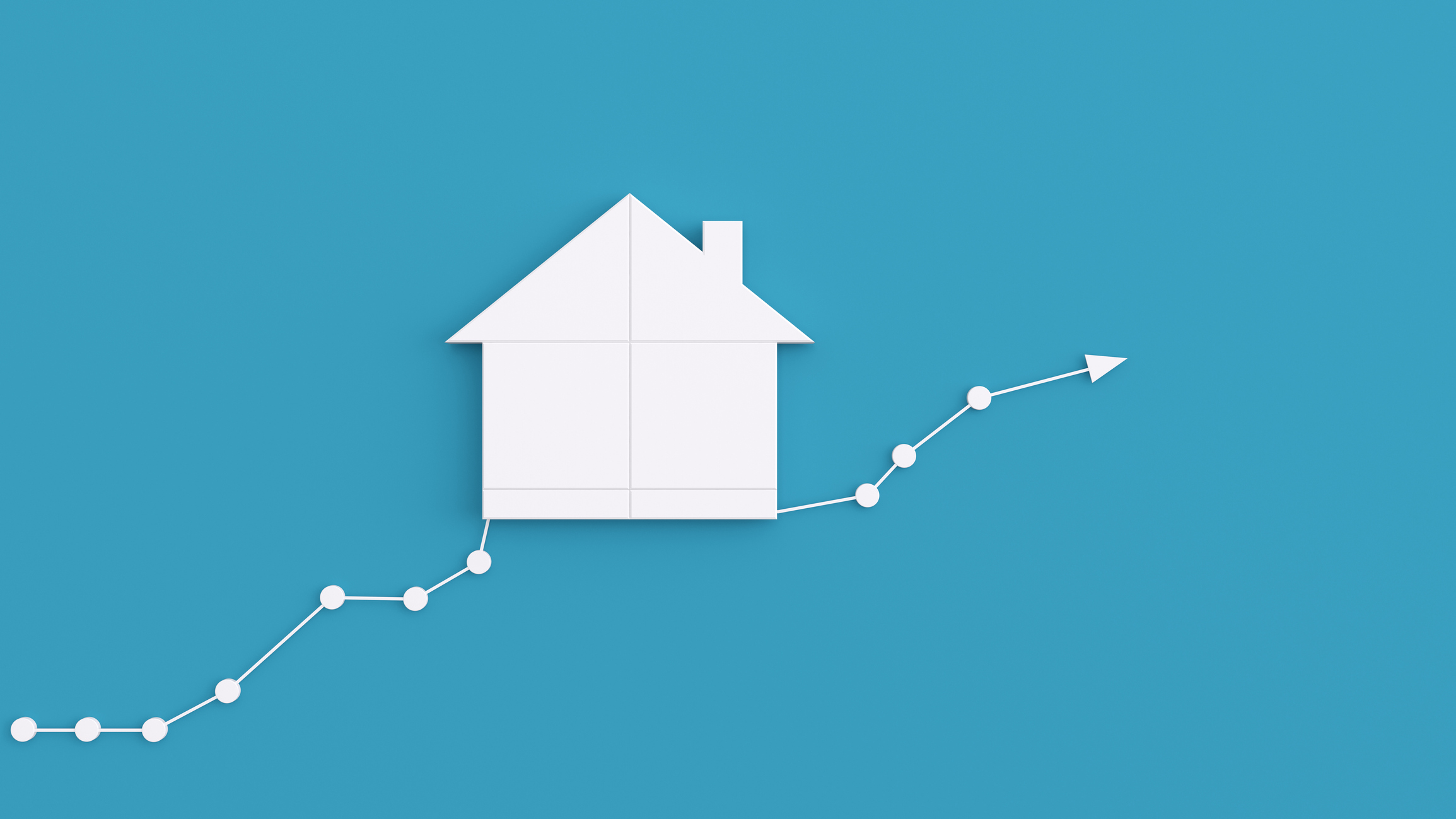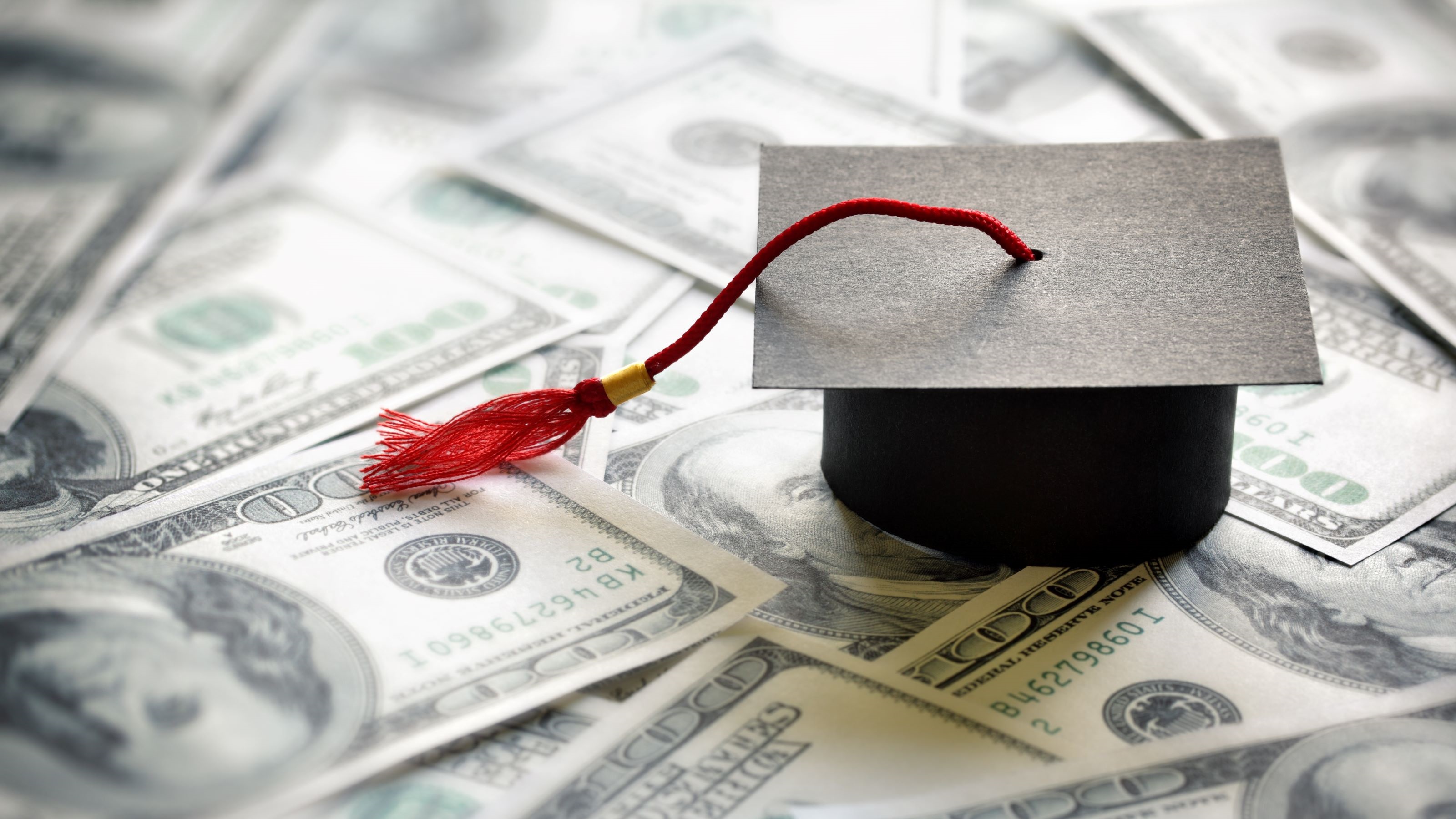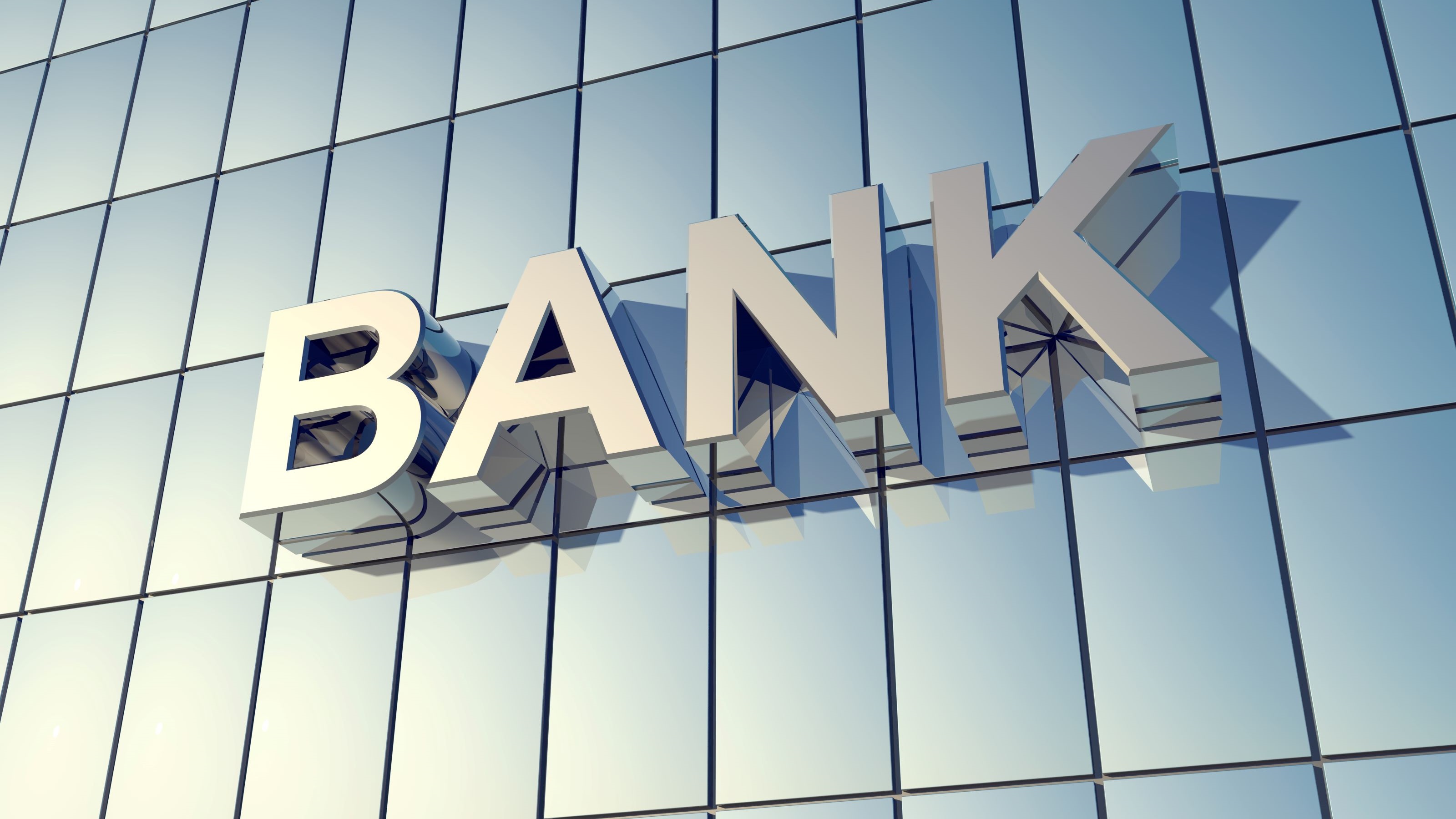Lighten Your Debt Load
If shedding those excess loans and credit cards is harder than you thought, try these payment reducing strategies.

Consumer debt is at an all-time high, a fact not lost on most Americans. If you're finding that sticking to your debt reduction plan is tougher than you thought, take heart. Here are some tips that could help you shed your debt quicker, and a few warnings to keep in mind when implementing these strategies.
Transfer credit card balances
Michael Furois, a financial planner in Chesterton, Ind., hasn't paid more than 2.9% interest on his credit cards in the past 20 years because he takes advantage of low-interest introductory offers and balance transfers. Many credit card companies offer 0% interest on balance transfers for a limited time -- usually four to six months. With no interest, your monthly payments will make a bigger dent in your balance.
This can be a great strategy for someone who is well organized. You'll have to keep track of when the introductory rates expire and be sure to pay up or move on. Forget and you'll find yourself suddenly paying a much higher interest. In some cases, the higher rate is retroactive, says Ken McEldowney of Consumer Action, which publishes an annual credit card survey.

Sign up for Kiplinger’s Free E-Newsletters
Profit and prosper with the best of expert advice on investing, taxes, retirement, personal finance and more - straight to your e-mail.
Profit and prosper with the best of expert advice - straight to your e-mail.
You'll also want to watch out for balance transfer fees. Some are as high as 4% of each balance transferred, but most fees are 3% and are capped at $50. Also, transferring too frequently can hurt your credit score because creditors aren't interested in someone who jumps ship, says Steve Rhode, founder of Myvesta.org, an Internet-based nonprofit financial counseling organization. "After you transfer several times, no one wants you -- then you get stuck with a high-interest card," he says.
For those who can stay on top of the game, Furois suggests not activating the cards you transfer balances to so you don't run up more debt on them. Cancel a card after you pay off the balance or shift it to another creditor, and ask the issuer to remove the old card from your credit record. Too much available credit can scare off potential lenders. But don't cancel all your cards because you'll want to have some credit history to show future lenders if you need to take out another loan.
If you have a good credit history, you might not need to play the balance-transfer game. Call your credit card company to ask for a lower rate. Or find a card issuer such as Pulaski Bank that offers low fixed rates to cardholders with good credit. Pulaski offers a fixed 6.5% rate with no balance-transfer fee. (However, the annual fee runs from $35 to $50.)
Refinance your mortgage
Refinancing at a lower rate can reduce your monthly payments, freeing up money to pay off other debts. For example, cutting half a percentage point off a $200,000 loan with 7.5% interest can slash monthly payments to $1,322 from $1,389 and save you $8,000 over 10 years.
You also can pull cash out of your home by refinancing for more than you owe on your first mortgage. For example, you could increase the amount of an $80,000 loan to $100,000, then take the $20,000 you'll get back to pay off debt with higher rates.
Refinancing doesn't pay off for everyone, though. If you've just gotten your first mortgage, the expense of a refinancing may not make sense unless you plan to stay in the house long enough for the interest-rate savings to compensate for the refinancing costs. The "Am I Better Off Refinancing?" calculator can help you crunch the numbers. Whether or not you are better off will depend on:
- The rate you can get in your area and with your credit record;
- How many points the lender is charging (one point equals 1% of the loan);
- Other mortgage fees (see What Will My Refinancing Costs Be);
- How long you plan to keep the house;
- Your tax bracket.
Tap your home equity
Refinancing high-rate debt is the number-one use for home-equity loans and lines of credit, according to the Consumer Bankers Association.
If you plan to take this route, opt for a fixed-rate loan with a long pay-off term rather than a three- or five-year loan, says Furois. "Go as long as you can to have lower payments," he says because you always have the option of making more than the minimum monthly payment and paying it off faster.
Another option is the home-equity line of credit, which offers more flexibility but can take more discipline to pay off. It works like a credit card in that you can tap the line of credit at will. Interest accrues only on the amount borrowed, and most lenders allow you to make interest-only payments during the early years of the loan. And any amount you pay off becomes available to borrow again.
Unlike a credit card, though, the rates usually are lower and the interest is deductible on up to $100,000 of home-equity debt if you itemize your tax return. (Check Bankrate.com for current rates.) For more on borrowing against your home to pay off higher-cost debt, see "How to Tap Your Equity".
But borrowing against the equity in your home should not be taken lightly. Many are hesitant to roll all of their debt into their home, and rightfully so since you're using the roof over your head to secure the loan. Also, says Rhode, paying off credit cards with a home-equity loan can give people a false sense of being debt-free. "It's almost an invitation for people to go back and spend again."
Consolidate student loans
Student loans are about to get more expensive. As part of a $40 billion budget-cutting effort, the Senate voted on December 21 to raise the interest rate on Stafford student loans to a fixed 6.8% from the current adjustable rate of 5.375%. So if you haven't yet consolidated your loans to lock in today's low rates, don't delay.
You can lock in the current low rate by consolidating. You get one shot to consolidate your student loans (unless you return to school and take out another loan to add to the mix). Refinancing could lower your monthly payment, but you also could end up stretching out the term of the loan and accruing more interest.
The Education Department's Direct Loan service allows borrowers to consolidate and lock in a lower rate based on the weighted average of your loans' current rates, but it won't exceed 8.25%. Also, Direct Loans gives a 0.25% interest rate reduction if you elect to have your loan payments automatically deducted from your bank account. Sallie Mae, which manages federally guaranteed student loans, lets borrowers with a balance of at least $7,500 consolidate federal loans through its Smart Loan program.
Get Kiplinger Today newsletter — free
Profit and prosper with the best of Kiplinger's advice on investing, taxes, retirement, personal finance and much more. Delivered daily. Enter your email in the box and click Sign Me Up.

Award-winning journalist, speaker, family finance expert, and author of Mom and Dad, We Need to Talk.
Cameron Huddleston wrote the daily "Kip Tips" column for Kiplinger.com. She joined Kiplinger in 2001 after graduating from American University with an MA in economic journalism.
-
 Stock Market Today: Stocks Gain on Tech, Auto Tariff Talk
Stock Market Today: Stocks Gain on Tech, Auto Tariff TalkThe Trump administration said late Friday that it will temporarily halt tariffs on some Chinese tech imports.
By Karee Venema
-
 Sam's Club Plans Aggressive Expansion: Discover Its New Locations
Sam's Club Plans Aggressive Expansion: Discover Its New LocationsSam's Club expansion plans will open up to 15 new stores each year. Learn where they plan to open in 2025.
By Sean Jackson
-
 What To Know if You’re in the Market for a New Car This Year
What To Know if You’re in the Market for a New Car This YearThe Kiplinger Letter Buying a new car will get a little easier, but don’t expect many deals.
By David Payne
-
 Will Lower Mortgage Rates Bring Relief to the Housing Market?
Will Lower Mortgage Rates Bring Relief to the Housing Market?The Kiplinger Letter As mortgage rates slowly come down here's what to expect in the housing market over the next year or so.
By Rodrigo Sermeño
-
 Car Prices Are Finally Coming Down
Car Prices Are Finally Coming DownThe Kiplinger Letter For the first time in years, it may be possible to snag a good deal on a new car.
By David Payne
-
 New Graduates Navigate a Challenging Labor Market
New Graduates Navigate a Challenging Labor MarketThe Kiplinger Letter Things are getting tough for new graduates. Job offers are drying up and the jobless rate is increasing. Are internships the answer?
By David Payne
-
 When's the Best Time to Buy a Domestic Flight? The Kiplinger Letter
When's the Best Time to Buy a Domestic Flight? The Kiplinger LetterThe Kiplinger Letter A new study by CheapAir.com has crunched the numbers.
By Sean Lengell
-
 Woes Continue for Banking Sector: The Kiplinger Letter
Woes Continue for Banking Sector: The Kiplinger LetterThe Kiplinger Letter Regional bank stocks were hammered recently after news of New York Community Bank’s big fourth-quarter loss.
By Rodrigo Sermeño
-
 Anxious Flyers Take Note: The Kiplinger Letter
Anxious Flyers Take Note: The Kiplinger LetterThe Kiplinger Letter Whether it's the routes to avoid that have the most turbulence or the safest airline, we've got you covered.
By Sean Lengell
-
 The Auto Industry Outlook for 2024
The Auto Industry Outlook for 2024The Kiplinger Letter Here's what to expect in the auto industry this year. If you’re in the market for a car it won’t be quite as daunting as it was during the pandemic and after.
By David Payne